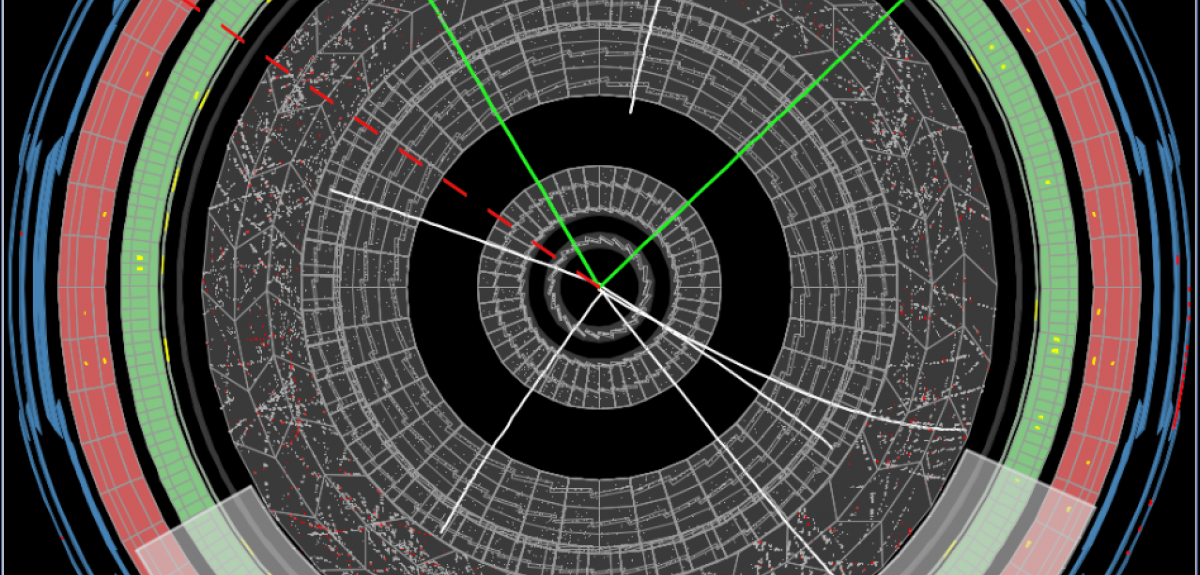
How you could help find the Higgs boson's babies
Four years on from the discovery of the Higgs boson, scientists at CERN are seeking your help to find the famous particle’s relatives.
A citizen science project called HiggsHunters is giving members of the public the chance to search through thousands of images from the ATLAS particle detection experiment in the hope of finding 'baby Higgs bosons' – particles that scientists think may come into existence when Higgs bosons break apart.
HiggsHunters, which makes use of the Oxford University-based Zooniverse citizen science platform, has made 60,000 images from the Large Hadron Collider available for analysis. One of the tasks given to participants is to mark anything that looks strange or interesting.
Professor Alan Barr, of Oxford University's Department of Physics, leads the programme. Speaking to The Times, he said: 'This is exactly the sort of image classification problem that the human eye and the human brain are very good at doing, and which computer algorithms might not be well designed for. People are very good at saying, "This one looks very different" or "This is weird".'
One of the 'weird' things that might be found is the baby boson. Professor Barr said: 'There is this new speculative theory that suggests that sometimes the Higgs boson might go pop, giving rise not to things we already know about, but to lighter Higgs bosons – things that are a bit like itself that we have never seen before.
'As Isaac Asimov suggests, the most interesting thing to hear in science is not "Eureka!" but "That looks funny".'
Dr Will Kalderon of Oxford's Department of Physics, who has been working on the project, added: 'We've been astounded both by the number of responses and ability of people to do this so well. I'm really excited to see what we might find.'